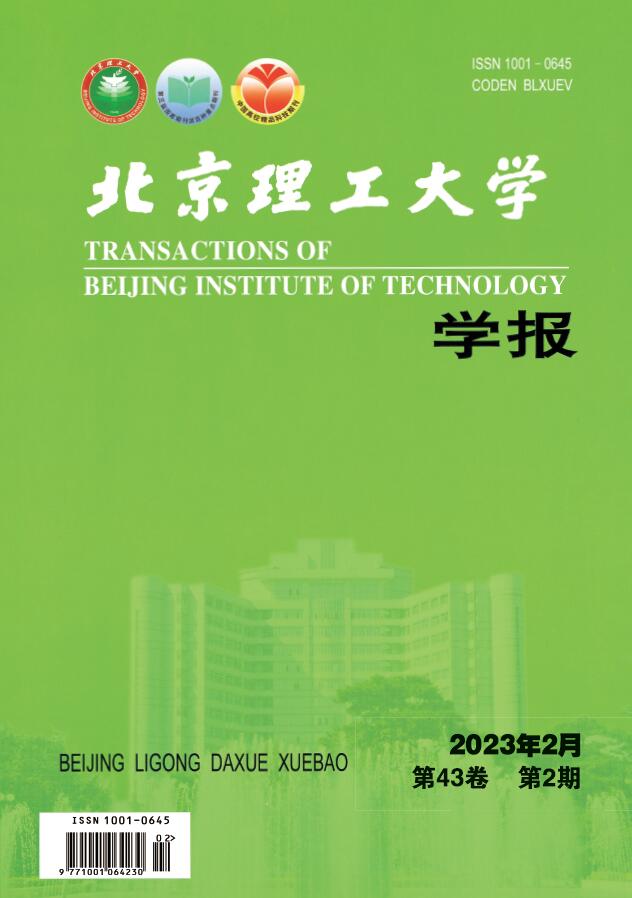2020 Vol. 40, No. 3
Display Method:
2020, 40(3): 231-242.
doi: 10.15918/j.tbit1001-0645.2018.332
Abstract:
2020, 40(3): 243-249.
doi: 10.15918/j.tbit1001-0645.2019.08.415
Abstract:
2020, 40(3): 250-253,281.
doi: 10.15918/j.tbit1001-0645.2018.394
Abstract:
2020, 40(3): 254-261.
doi: 10.15918/j.tbit1001-0645.2018.410
Abstract:
2020, 40(3): 262-266.
doi: 10.15918/j.tbit1001-0645.2019.083
Abstract:
2020, 40(3): 267-274.
doi: 10.15918/j.tbit1001-0645.2018.342
Abstract:
2020, 40(3): 275-281.
doi: 10.15918/j.tbit1001-0645.2019.068
Abstract:
2020, 40(3): 282-289.
doi: 10.15918/j.tbit1001-0645.2018.053
Abstract:
2020, 40(3): 290-297.
doi: 10.15918/j.tbit1001-0645.2017.334
Abstract:
2020, 40(3): 298-304.
doi: 10.15918/j.tbit1001-0645.2018.078
Abstract:
2020, 40(3): 305-309.
doi: 10.15918/j.tbit1001-0645.2018.116
Abstract:
2020, 40(3): 310-315.
doi: 10.15918/j.tbit1001-0645.2018.384
Abstract:
2020, 40(3): 316-324.
doi: 10.15918/j.tbit1001-0645.2018.094
Abstract:
2020, 40(3): 325-331.
doi: 10.15918/j.tbit1001-0645.2018.144
Abstract:
2020, 40(3): 332-338.
doi: 10.15918/j.tbit1001-0645.2018.688
Abstract:
2020, 40(3): 339-346.
doi: 10.15918/j.tbit1001-0645.2019.163
Abstract:
2020, 40(3): 347-350.
doi: 10.15918/j.tbit1001-0645.2018.356
Abstract:


